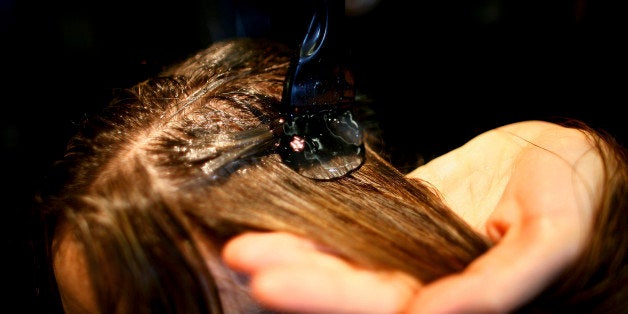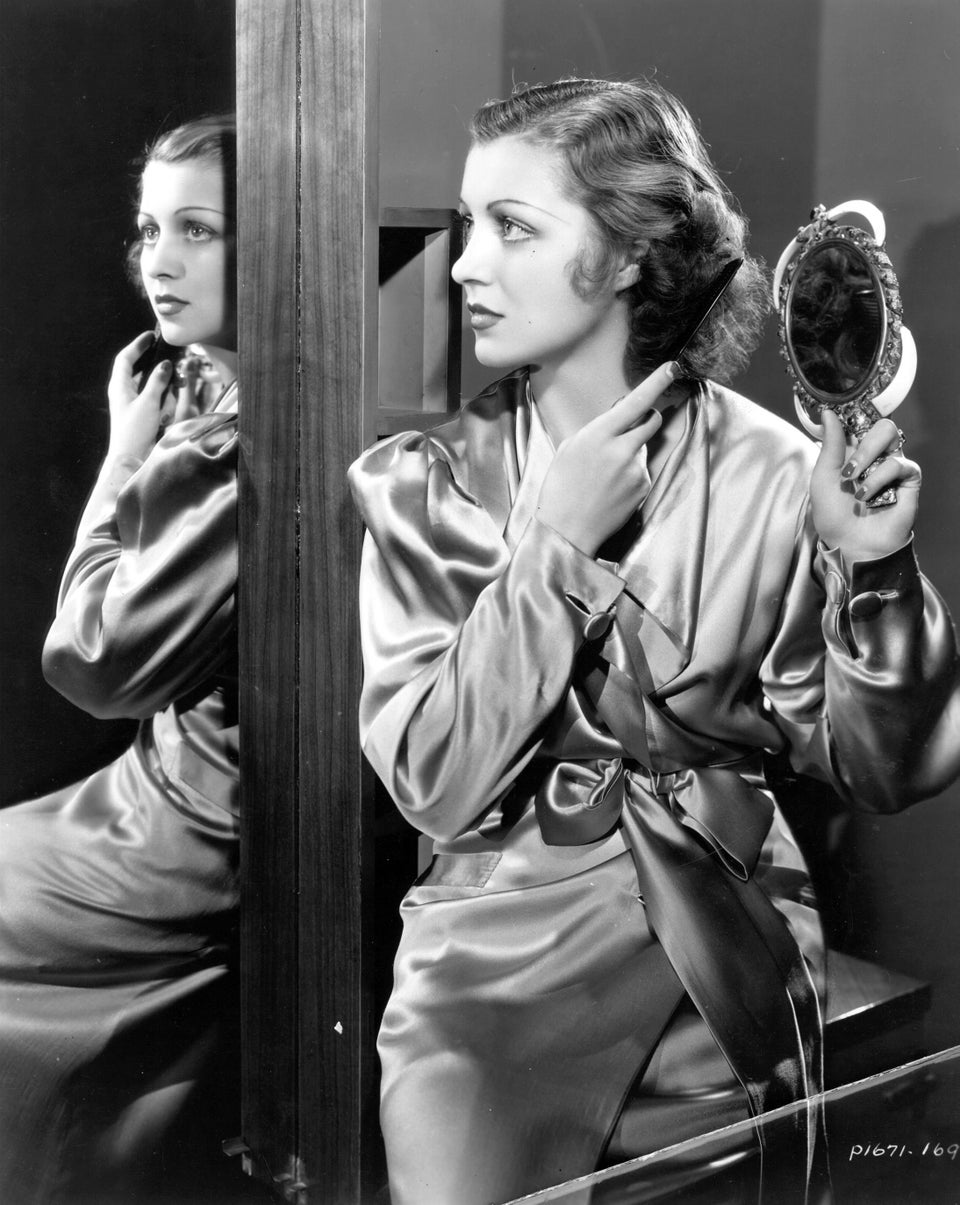
After spending one night falling down a serious rabbit hole of YouTube product reviews, we stumbled upon some pretty persuasive videos about placenta for hair.
Massaging our scalps and strands with a placenta hair treatment doesn't sound as alluring as say coconut oil. But with so many women swearing by this unconventional product for softer and stronger hair, we had to investigate further.
Most of the placenta hair treatments sold in drugstores and beauty supply stores are actually made up of animal placenta extract. They are a rich source of bioactive components including growth factors and hormones, according to board-certified dermatologist Dr. Meena Singh.
She explains, "Specifically, the growth factors in animal placental extracts have been shown to increase hair follicle growth and decrease hair shedding. The positive effects on hair growth are most likely due to increased blood vessel formation and subsequent blood flow to the hair follicles."
So how exactly does placenta hair treatment work? Dr. Robert Dorin, a New York City-based hair specialist and restoration expert, says that the treatment theoretically acts as emollient, which keeps in moisture and has a softening effect on the hair. "Because hair is made up of proteins, the idea is that the use of a protein reconstructioner like placenta will return protein to the hair and repair the hair follicles. This coating also works to smooth the hair cuticle making it appear shiny," he says.
Keep in mind that results of popular leave-in placenta hair products don't occur immediately. "Any topically applied product used to stimulate hair growth would need to be applied directly to the scalp once or twice daily for at least six months, in order to see any benefit," says Dr. Singh.
As a word of caution, Dr. Singh notes that placenta-containing products contain a number of hormones and have been shown to cause premature sexual development in children as young as 14 months old. She adds, "These findings are disturbing and I would not recommend the use of these products in adolescents or anyone at increased risk of uterine or breast cancer."
With very little scientific research to support the hair growth benefits of placenta, both experts recommend topical treatments that contain minoxidil (an FDA-improved ingredient found in Rogaine) to help with thinning or baldness. But, hey, at least we have plenty more options these days.
Heard of any weird beauty treatments that we should check out? Send 'em over to beautytips@huffingtonpost.com.
Check out other beauty myths that we've debunked -- or proven true -- below.
